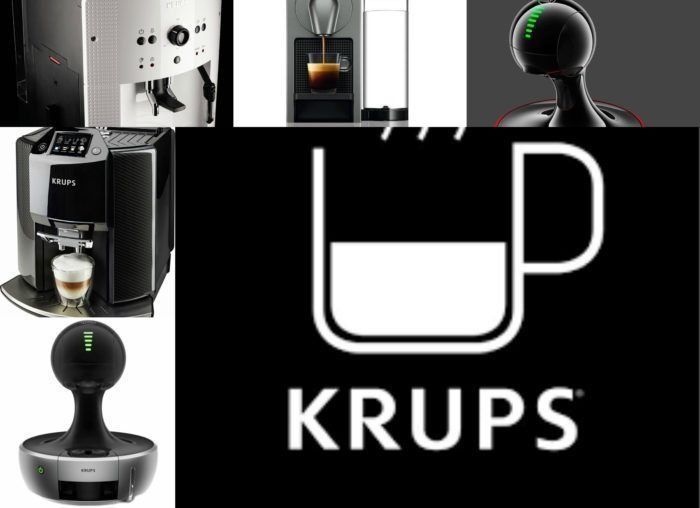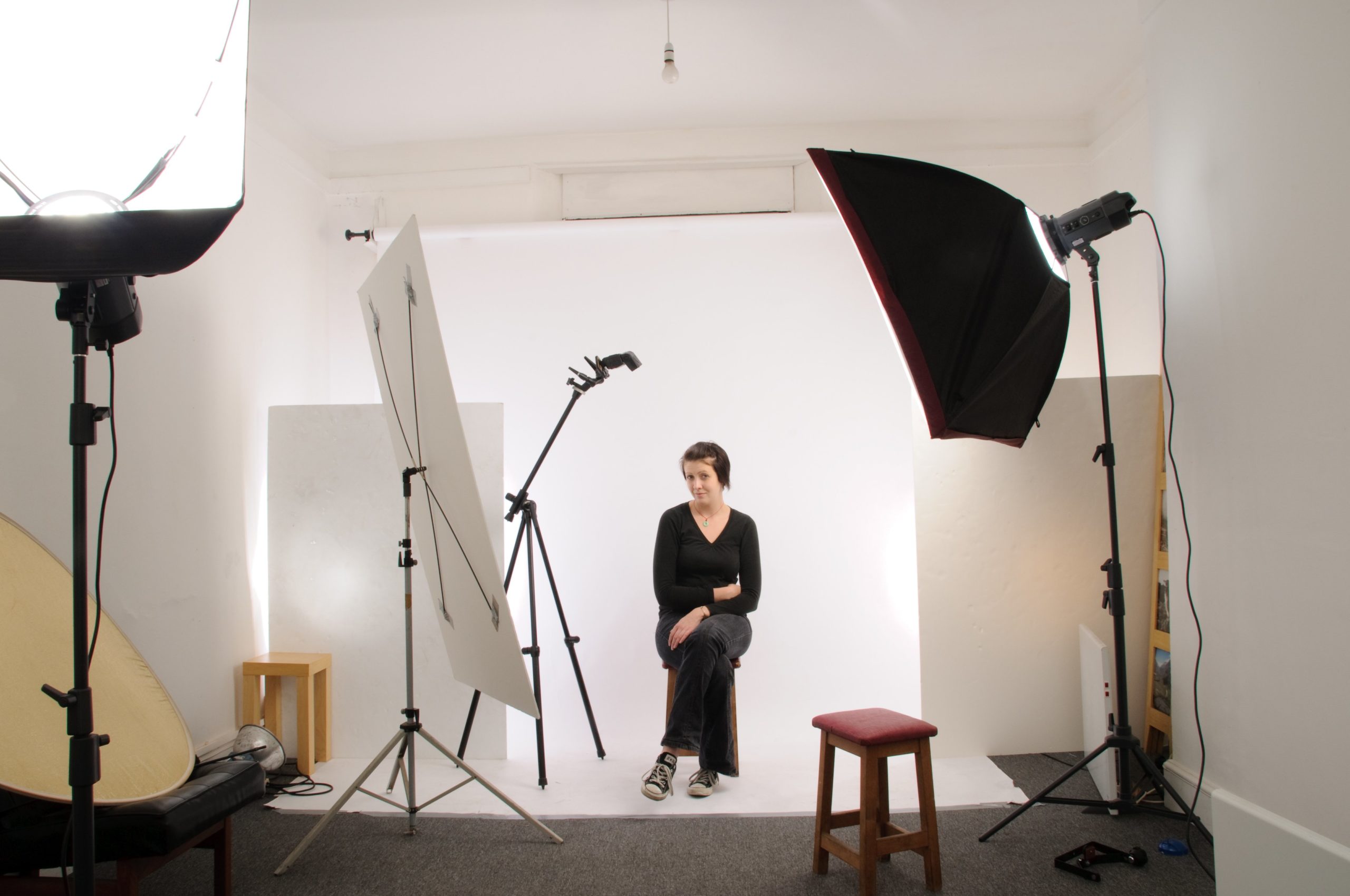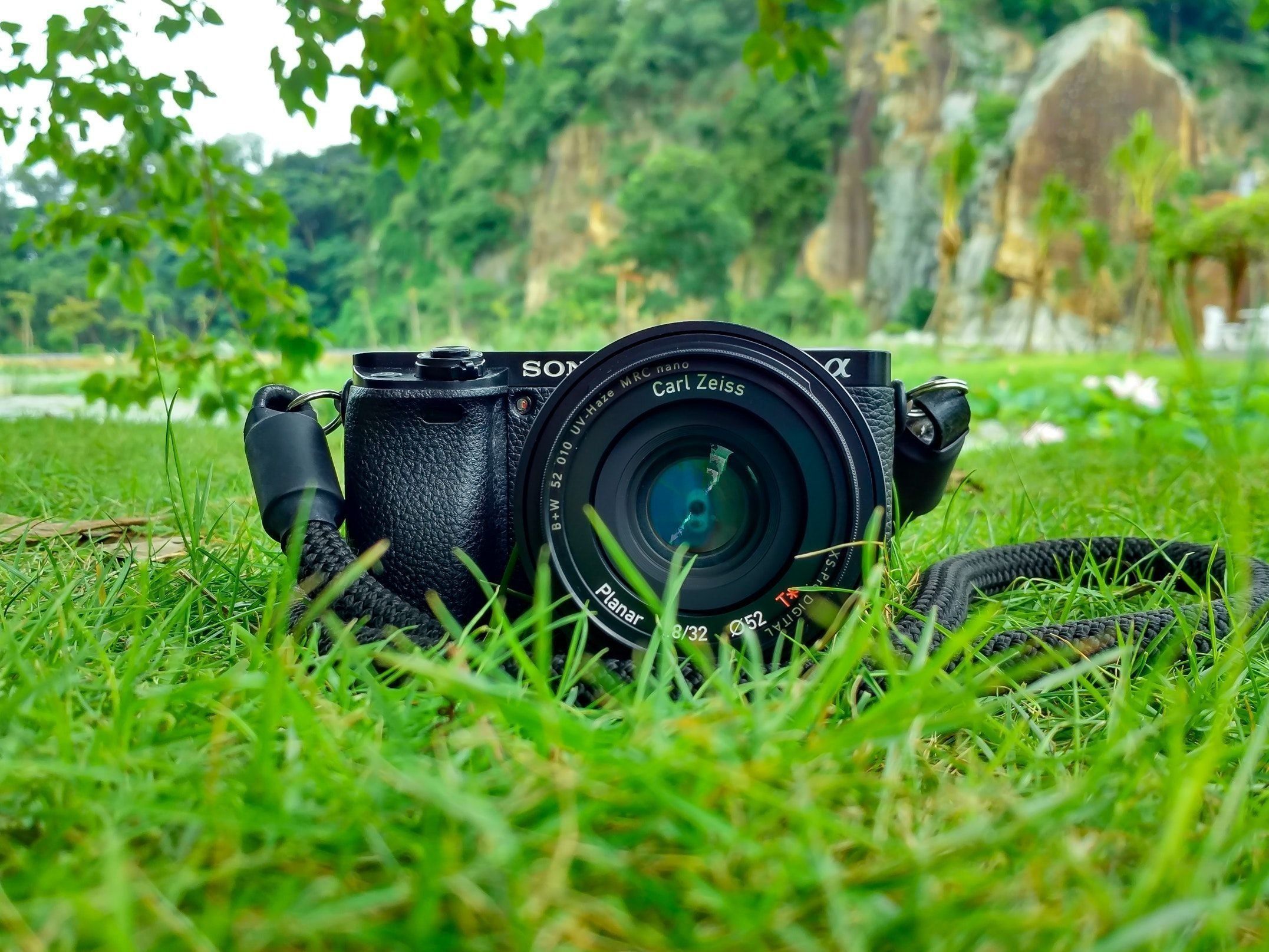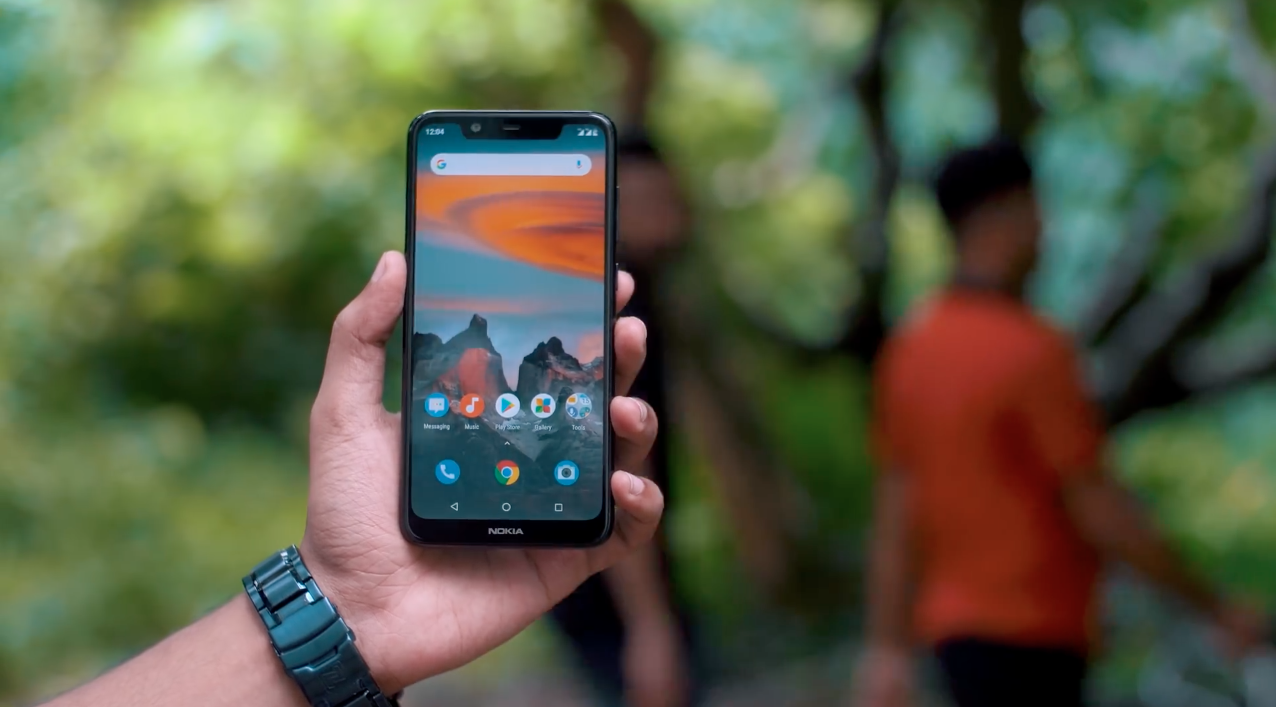Rating of the best backpacks with a drinking system in 2022
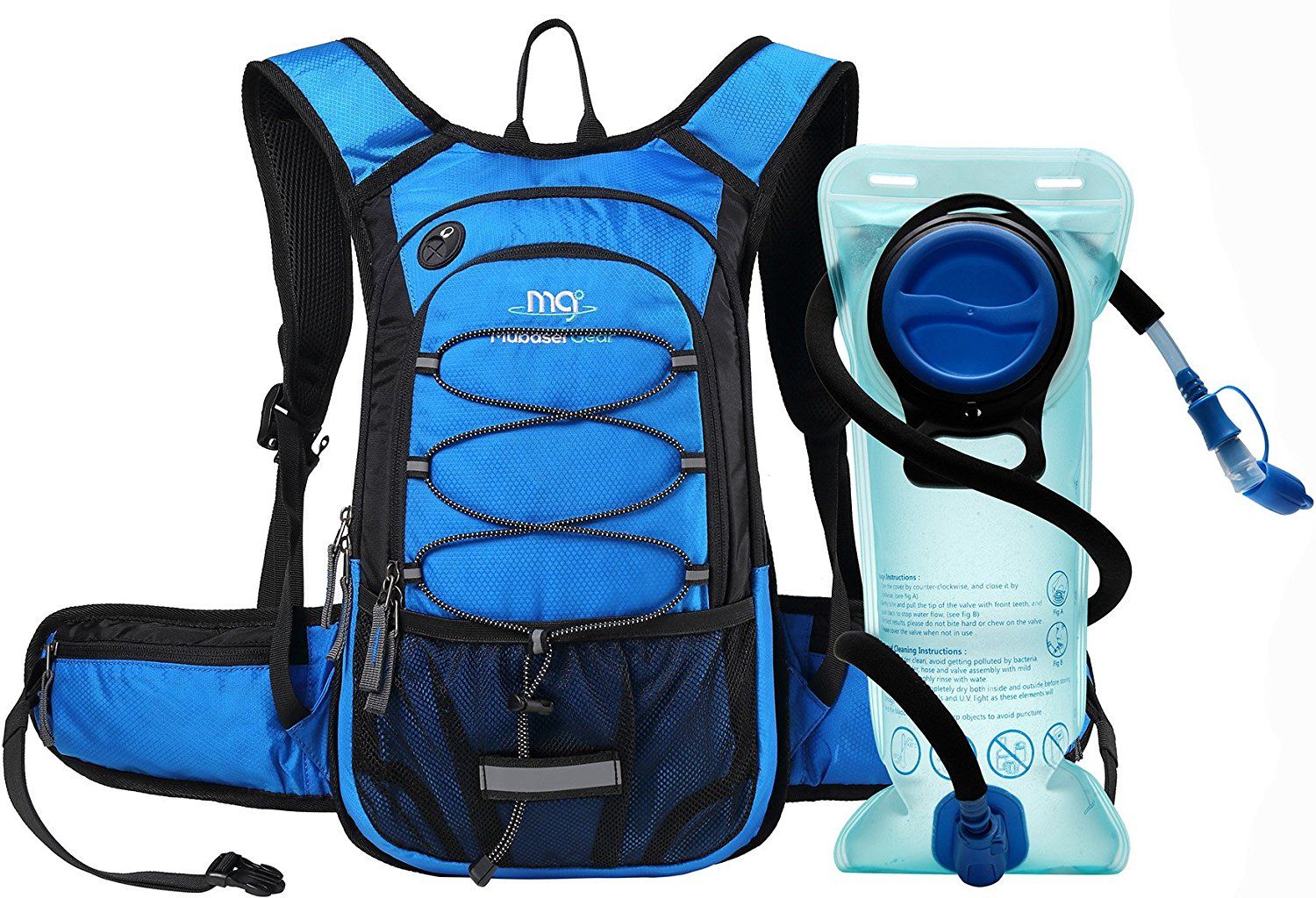
A backpack is the most convenient and versatile type of hand luggage. Among its many advantages, one stands out in particular - it leaves hands free. With it, it becomes possible to drink coffee and talk on the phone at the same time, without being distracted by your bag in the city stream. But the backpack acquires great value during hikes, travels and trips. Indeed, in these cases, you should have all the most necessary things with you, and their transportation should be as convenient as possible. The variety of types of backpacks allows everyone to choose the necessary model depending on the conditions of use and for specific tasks. Our task is to highlight the best models of backpacks with a drinking system, which makes them even more in demand and popular.
Content
Types of backpacks by design features
According to the characteristic features of the design, there are:
- soft
Their basis is a bag with shoulder harnesses. This view is not suitable for long hiking trips, because. in it, the load is distributed unevenly, which can cause pain and discomfort in the back. Such models are more decorative than functional.
- frame (semi-rigid)
The most common and sought-after type. Their anatomical suspension system is represented by rigid and dense plates (armor) sewn into the back of the product. They provide vertical rigidity to the load.
- easel
This variety is equipped with a frame rigid base. If necessary, a duffel bag, backpack or other necessary loads are attached to the frame.
Types of backpacks by purpose
Like any thing, a backpack, depending on the conditions of use, will differ in appearance and functional features. According to these factors, the following types are distinguished:
- urban
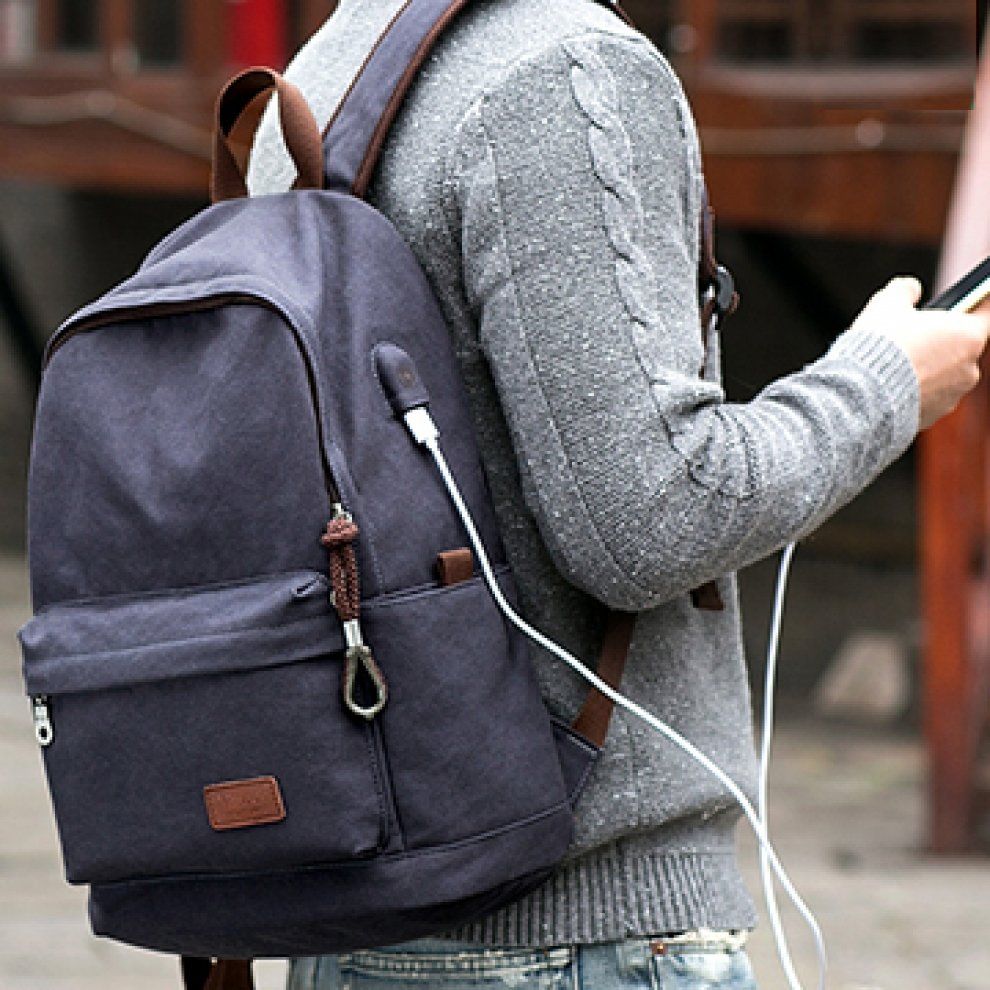
Most often used as a stylish accessory, but with increased functionality, unlike ordinary bags. They are small in width, which does not interfere with movement in a dense stream of people.The volume of urban models does not exceed 30 liters, while they are equipped with a large number of pockets and departments: for a laptop, phone and other gadgets, keys and all kinds of necessary little things. May have holes for headphone output.
- sports
This type of backpack is very extensive, because. now manufacturers offer different models for each specific sport. At the same time, they are characterized by the following common features: small volume, dense high-strength material, low weight and anatomical design. Let's take a closer look at cycling, multisport and freeride backpacks.
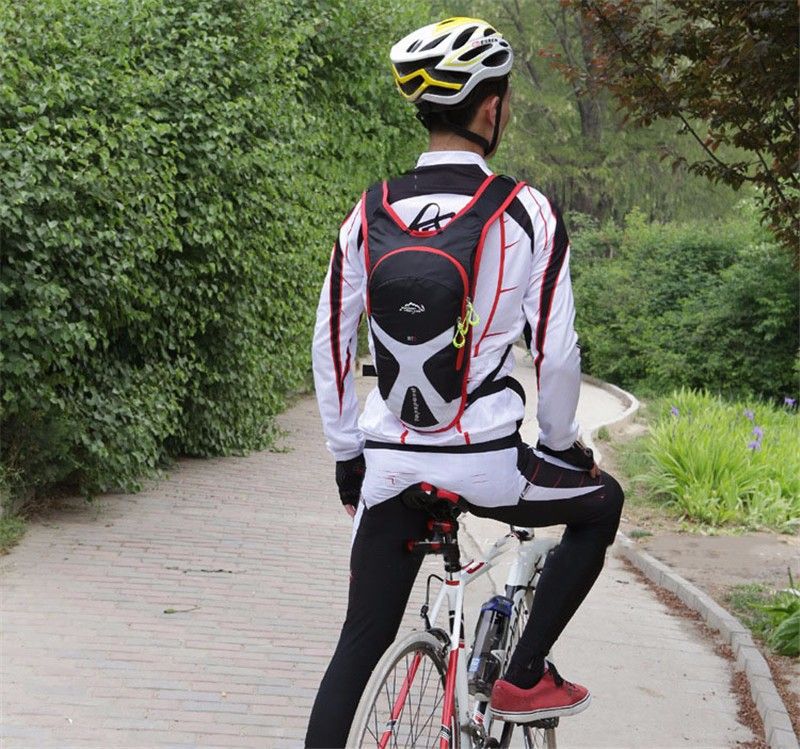
- cycling - compact models with a wide upper part for distributing the main load in the shoulder part. Flat and narrow to reduce drag. The semi-rigid frame construction provides a snug fit to the rider's back. Be sure to have enhanced back ventilation. Most often they are made of lightweight waterproof material with reflective inserts. More information about bike backpacks - here.
- multisport - based on the name, you can understand that these models can be used in any sport. They are characterized by a flat shape, a volume of up to 30-40 liters, a large number of external pendants and pockets, an anatomical shape and back ventilation. Can be supplied with a drinking system.
- for freeride - similar to multisport models. The main difference is the presence of special mounts for equipment. They can be equipped with an auxiliary entrance from the back, which makes it possible to get what you need without removing the backpack from the back.The anatomical backrest not only correctly distributes the load, but also has a protective function in case of an athlete's fall.
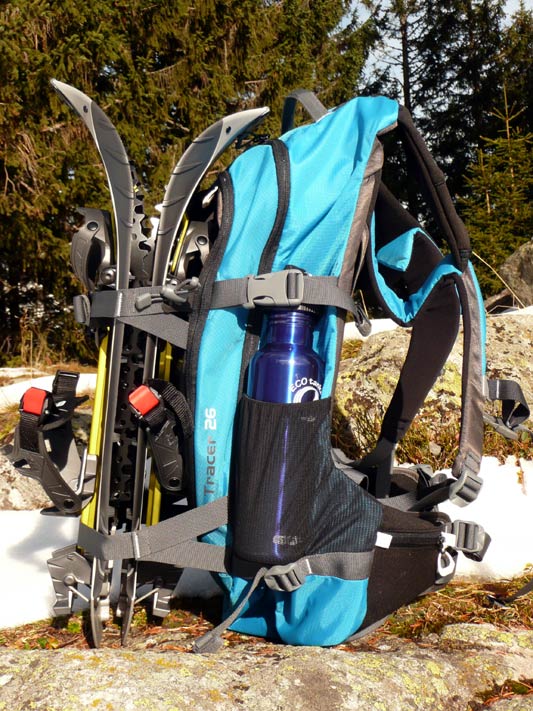
- expeditionary
Most often, according to the design features, these models are represented by easel models with a rigid frame or frame models. The expedition involves long hikes over long distances with a lot of equipment with you (provisions, clothes, appliances, etc.), so the volume of backpacks is from 80 to 100 liters. A mandatory attribute of expeditionary models is the presence of a belt suspension. It transfers the load from the back to the belt. In these models, wide shoulder and waist straps are equipped with soft pads for more comfortable carrying of weights. In addition, backpacks for expeditions are made of the most durable material that can withstand the weight of all things taken with you. The weight of an empty backpack is about 3 kg.
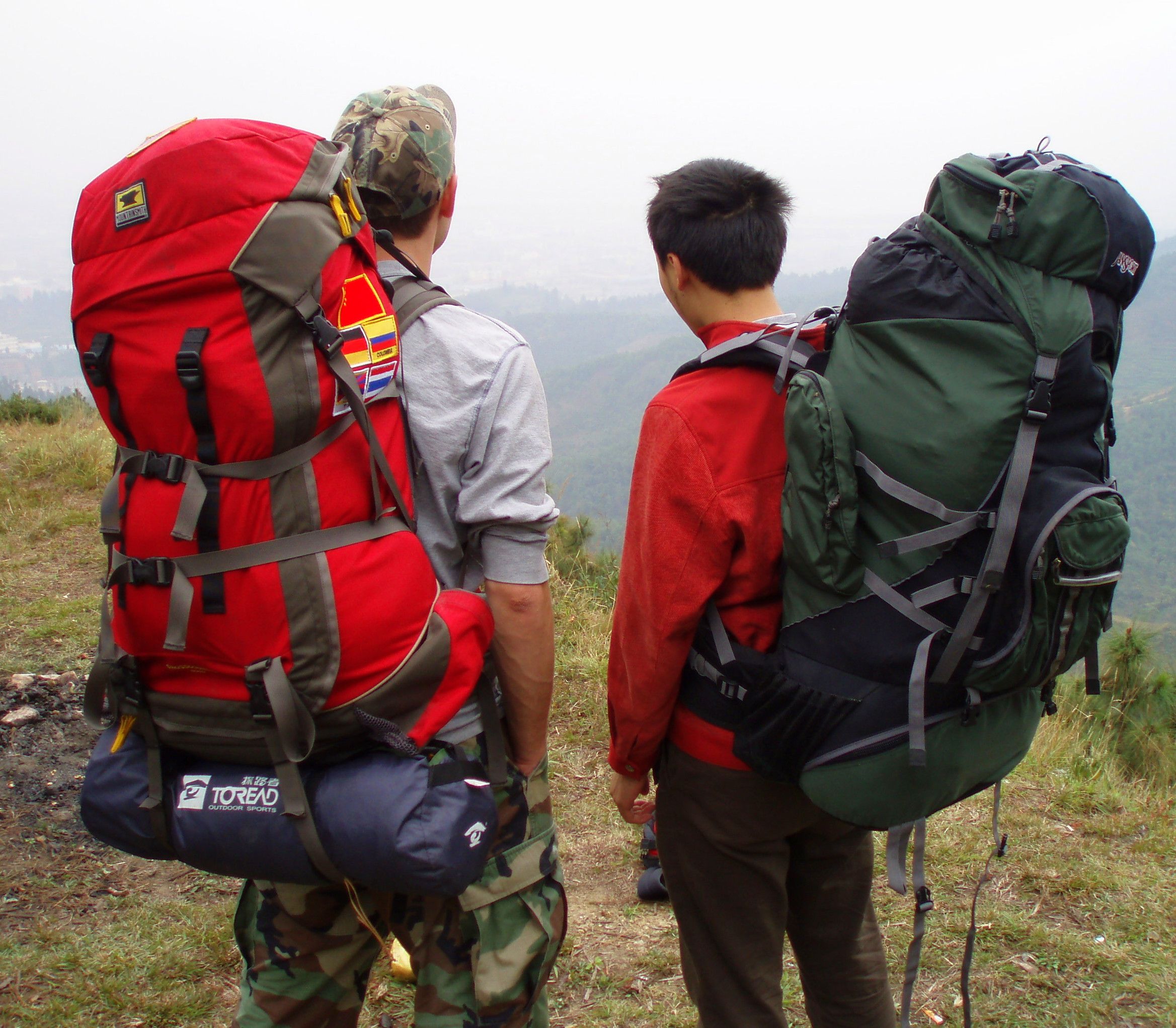
- assault
They are a smaller version of expeditionary models with a volume of 40 to 60 liters. Due to the fact that they are used for short climbs in the mountains and are less loaded, they have narrower shoulder straps and a lighter back design. They have a minimum number of external pockets, but at the same time they are equipped with a large number of loops for hanging equipment.
- tourist
This type combines a huge number of models with different characteristics. They can vary in back stiffness, number of pockets and pendants, volume and material used. Consider, for example, trekking (hiking) and walking models in more detail.
- tracking
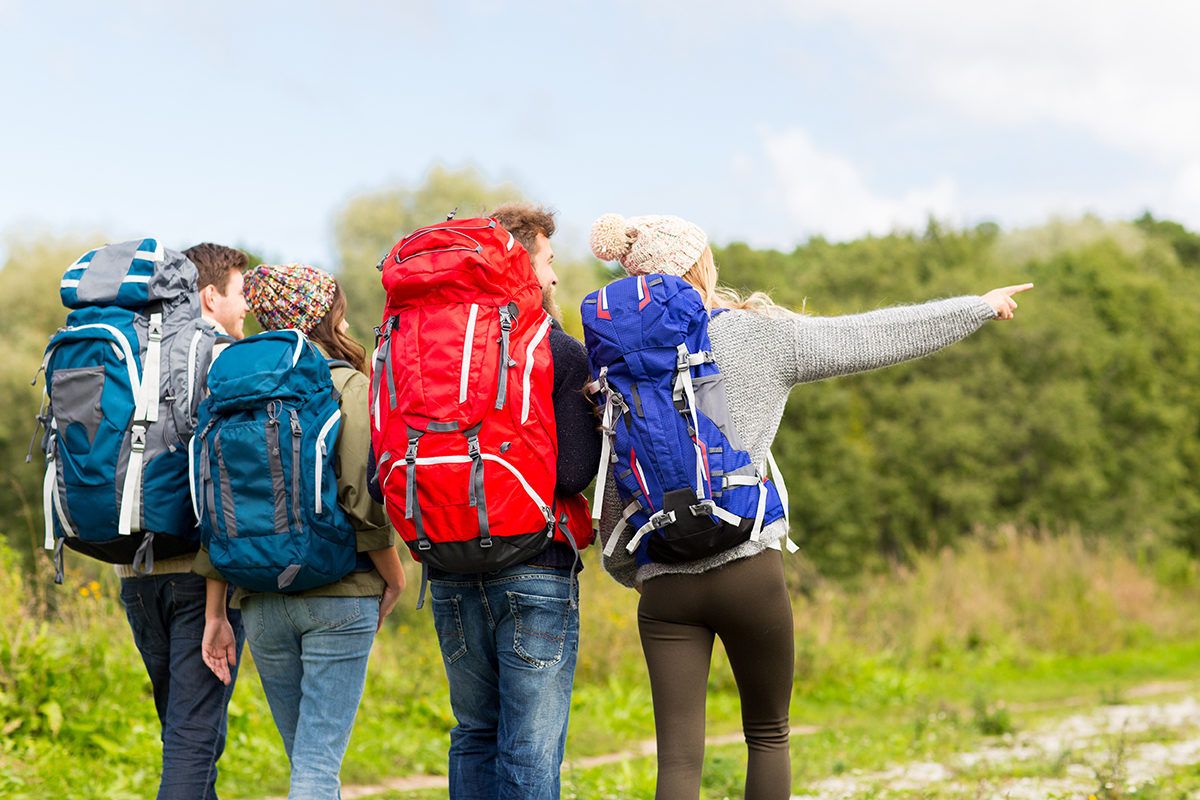
They are designed for long hiking trips by non-professional hikers across rugged terrain.Trekking involves moving along a given route without unforeseen situations with a pre-arranged place to stay for the night. Therefore, trekking models are not designed for a large amount of equipment and are limited to 40-60 liters. This type is equipped with an anatomical back design and waist straps. Other points may vary depending on the model. One of the most versatile types of backpacks.
- pleasure
Models with a simple design: a minimum of external pockets and loops. Volume 40-45 liters. Designed for short hikes and tourist trips.
Choosing a drinking system for a backpack
Almost all of the listed backpack models can be equipped with a drinking system that makes life easier for a traveler or cyclist. It allows you to quench your thirst without stopping, without being distracted from the road and without occupying your hands with a bottle, because this is often impossible for athletes, especially climbers or cyclists.
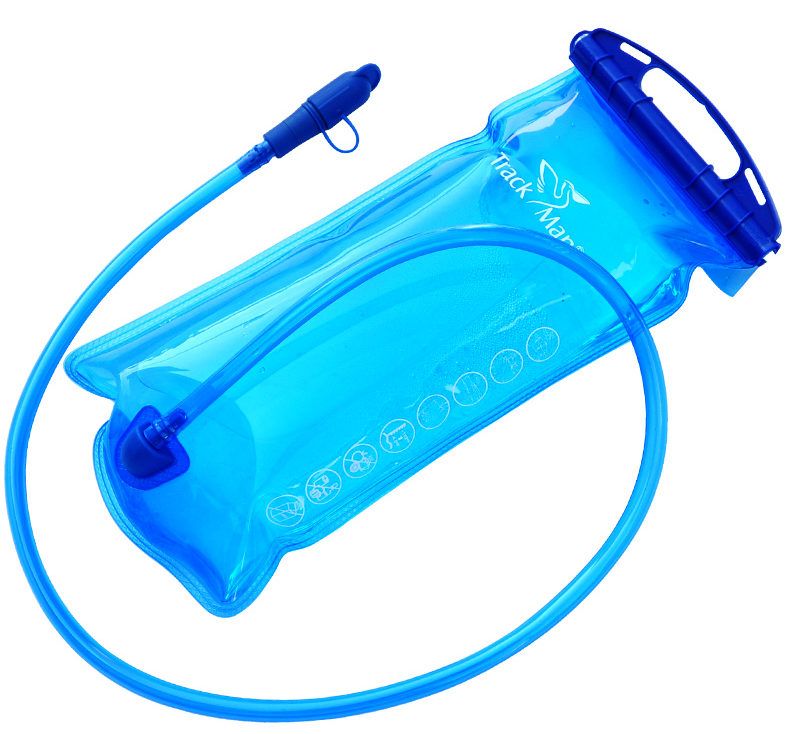
The hydrator is a soft tank with a long tube for water supply. The tube ends with a nozzle through which a person drinks. When buying a drinking system, you should pay attention to the following nuances:
- volume
It usually varies from 1 to 3 liters. The volume of hydrators is selected depending on the needs, not forgetting the conditions of use.
- quality of material and components
Hydrators are almost always made of polyethylene. If the material is of poor quality, it may emit an unpleasant odor, which will subsequently affect the taste of water. It is also important to check the quality of the components: tubes, valves. Valves must be hermetically sealed so as not to provoke water leakage.
- thermal insulation
To prevent the water from overheating in the backpack, the hydrator should be located in a thermal protective cover or a special section.
- location
It is important to pay attention to the way the drinking system is placed in the backpack. In models not designed to carry a hydrator, it can be damaged by other things. To avoid this, it is important that the drinking system is placed in a special compartment.
The best backpacks with the ability to display a drinking system
Equipment Scarabei 28
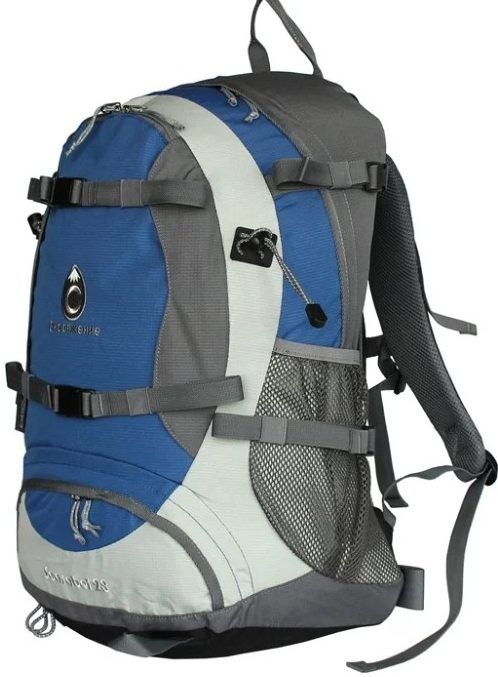
Multisport model of an anatomical design. The volume of the backpack is small - only 28 liters, weight - 1.3 kg. The model is equipped with two straps, a chest strap and a waist belt, for a full weight distribution. For ease of use on the way there is a lower entrance. Rain cape provided.
Cost: from 3770 rubles.
- suitable for both men and women;
- there are reflectors.
- few pockets.
CAMP M3 Orange
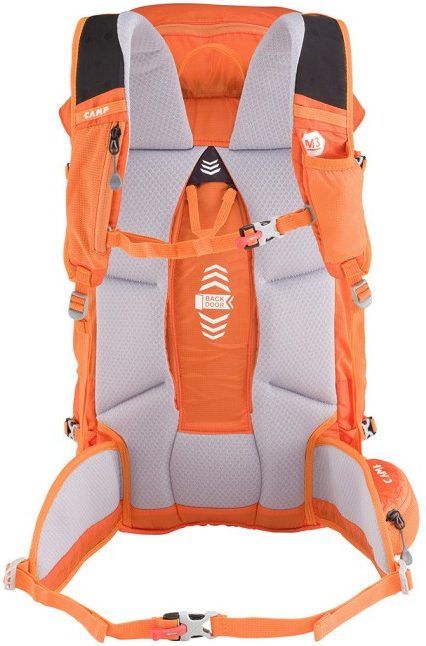
Climbing backpack with a volume of 30 liters. The rigidity of the structure is supported by a hidden frame made of steel wire (3 mm). The model is equipped with a large number of fasteners for all kinds of equipment: helmets, ropes, skis, ice axes, etc. Additional pockets are placed on the straps for convenience.
Cost: from 8990 rubles.
- light (980 gr.);
- bright color performance;
- There is access to the inside from the back.
- not found.
TATONKA Baix 15
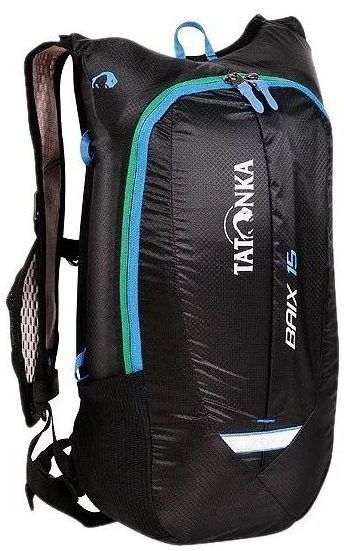
Multisport unisex model with anatomical harness. Small volume (15 liters) and small dimensions (45x18x13 cm) make it possible to use this backpack both for sports and as an urban one. Ventilated shoulder straps and back provide added comfort.Side pockets and a front pocket are indispensable for accommodating various small things. Equipped with reflective elements.
Cost: from 3000 rubles.
- made of durable material;
- despite the small volume, very roomy;
- Has a helmet mount
- very light (0.4 kg).
- hard chest strap.
NOVA TOUR Black Spider 30
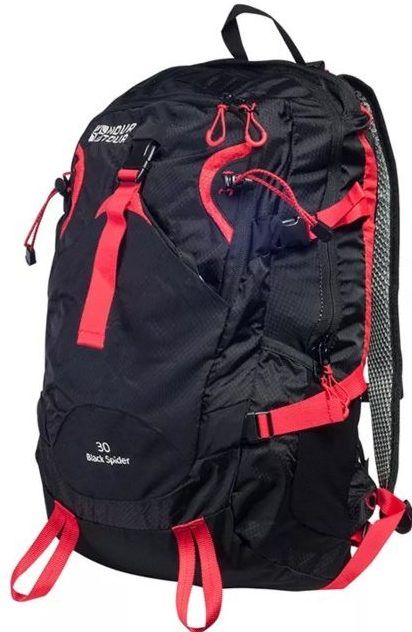
Urban model with skeletal anatomical design. The padded waist belt and chest strap allow you to redistribute the load. Volume 30 liters, weight 1.06 kg. Side ties allow you to reduce the size of the backpack.
Cost: from 3990 rubles.
- convenient organizer inside;
- well ventilated back;
- Made from waterproof fabric.
- no reflectors.
EVOC Line 28
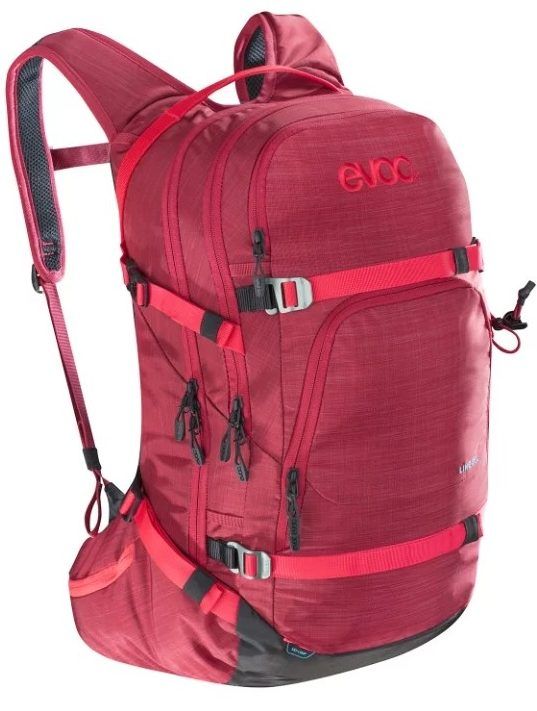
Ski backpack for freeride. The volume of the model is 28 liters, weight is 1.14 kg. The model is equipped with mounts for carrying a snowboard, a loop for carrying skis, as well as mounts for attachments. A shovel, probe is placed in the side compartment. The main compartment can accommodate both extra clothing and a hydration system.
Cost: from 6500 rubles.
- wide anatomical straps;
- no hard back
- extra pocket on waist belt.
- not suitable for long freeride.
NORFIN Alpika 60
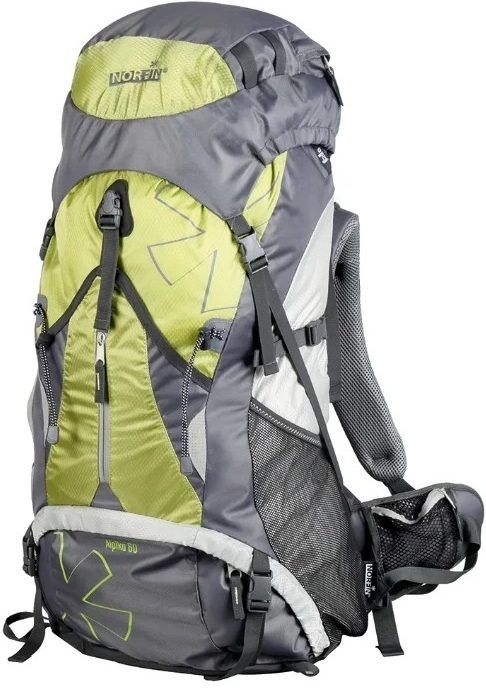
Trekking backpack with anatomical suspension system. Volume 60 liters, weight 2.2 kg, dimensions 68x38x25 cm. The side tie adjusts the thickness of the backpack. The model is equipped with deep side mesh pockets, as well as a front pocket with a zipper.
Cost: from 5190 rubles.
- additional bottom and side entrance;
- there is a cape from the rain;
- no reflective elements;
- not suitable for heights above 185 cm, because waist fastening will be higher than the hips.
Osprey Raptor 14
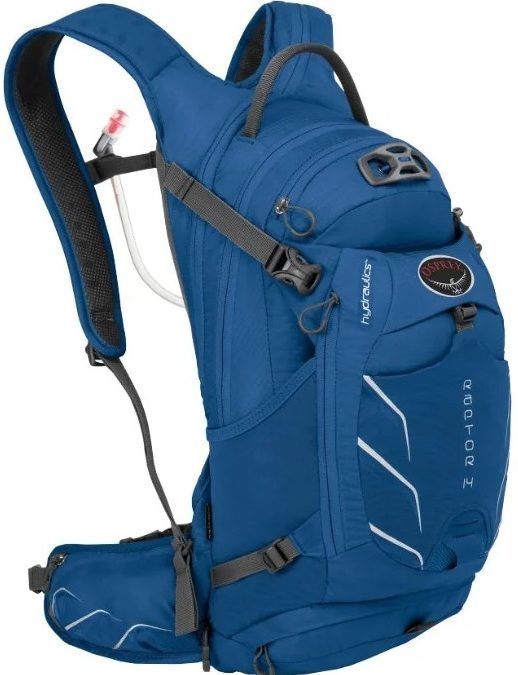
Shoulder cycle backpack with an anatomical design. The volume of the model is 14 liters, weight is 0.87 kg, dimensions are 46x22x21 cm. Side straps allow you to adjust the volume of the backpack. On the top flap there is an additional pocket with a zipper. The model is equipped with reflectors necessary for cycling.
Cost: from 12600 rubles.
- bright unisex model;
- thought out compartment for the player with a headphone output;
- there is a department for storing the pump, tools.
- not found.
Red Fox Odyssey 120
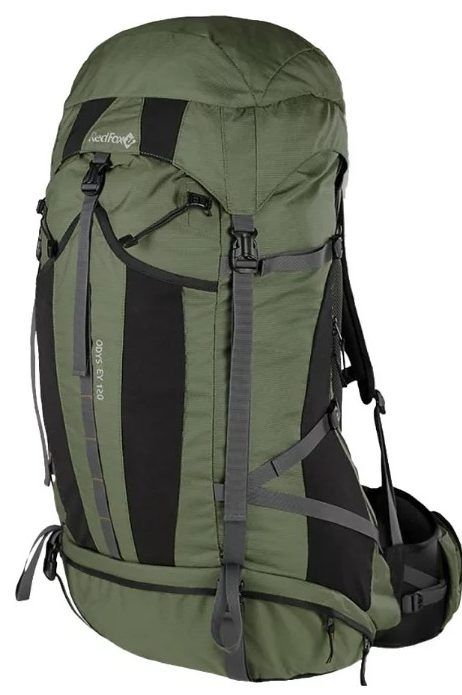
Expeditionary backpack model of an anatomical design. Volume 120 liters, weight 3.6 kg. A wide waist belt with additional pockets redistributes the weight from the back to the pelvis, and a chest strap securely fastens the straps and partially transfers the weight to the chest. An adjustable top flap with a pocket protects the contents of the backpack from rain.
Cost: from 12640 rubles.
- additional lower entrance;
- very roomy;
- There is a mount for an ice ax.
- no rain capes and reflectors;
- few external fasteners.
Backpacks with hydrators
STRIDE Vattern
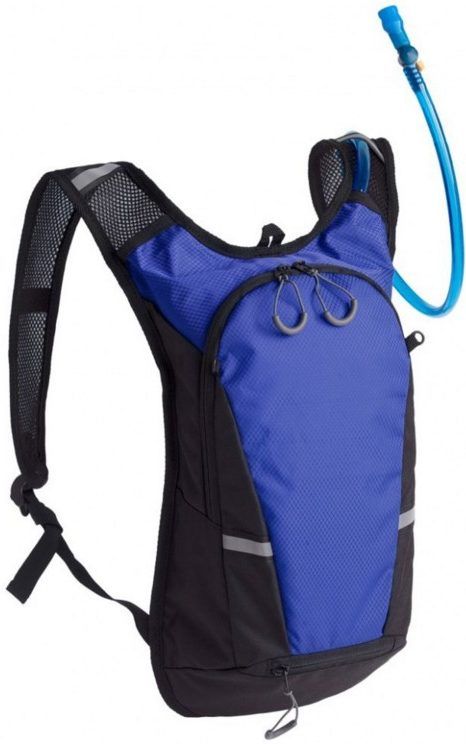
Hydropack backpack with 1 liter water tank. The model can be used as a city or as a sports model for hiking or cycling.
Cost: from 1540 rubles.
- external fastenings for various cargo;
- roomy main compartment.
- small water tank.
ROMIX RH72
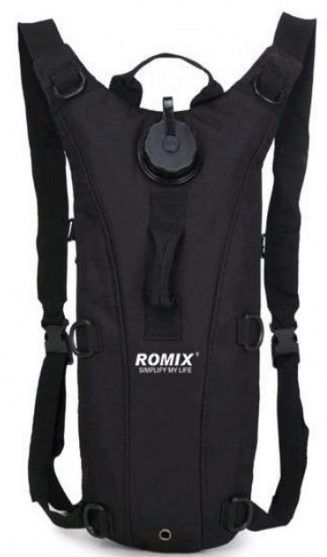
Backpack with a 2.5 liter hydrator.The backpack is equipped with six half rings for attaching various loads and equipment. The anatomically ventilated back and chest strap make the backpack comfortable and secure.
Cost: from 1610 rubles.
- between the backrest and the hydrator there is an additional compartment for installing thermal insulation;
- The throat of the hydrator is located on the outside of the backpack, which makes it easier to fill the drinking container with water.
- no reflectors.
ASICS 142207 0904 HYDRATION VEST
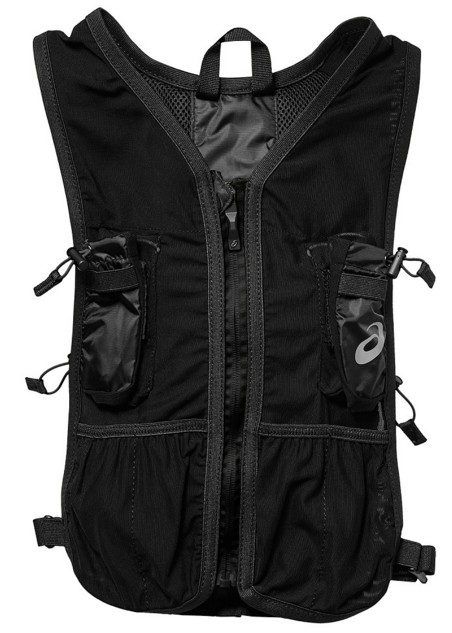
Sports backpack vest. The model is equipped with a drinking system with a volume of 1.5 liters. The model is equipped with reflectors, which makes you visible at night.
Cost: from 2850 rubles.
- original performance in the form of a vest;
- additional chest pockets.
- not suitable for large size people.
CamelBak Circuit Vest
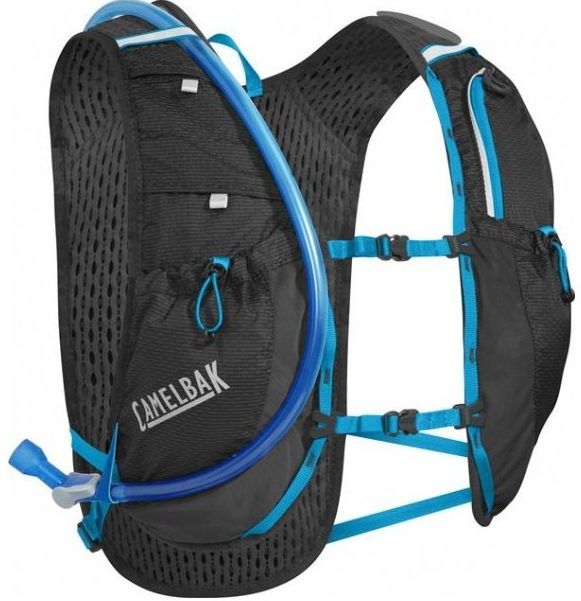
A running backpack-vest is indispensable for long runs. The volume of the water tank is 1.5 liters. There are pockets in front where you can put your phone and other necessary little things. Two chest straps ensure a secure fit and a snug fit.
Cost: from 6390 rubles.
- ventilated back and straps;
- the presence of reflectors;
- breast straps adjustable to the required size.
- not found.
Sup Endurance Hydro Bag
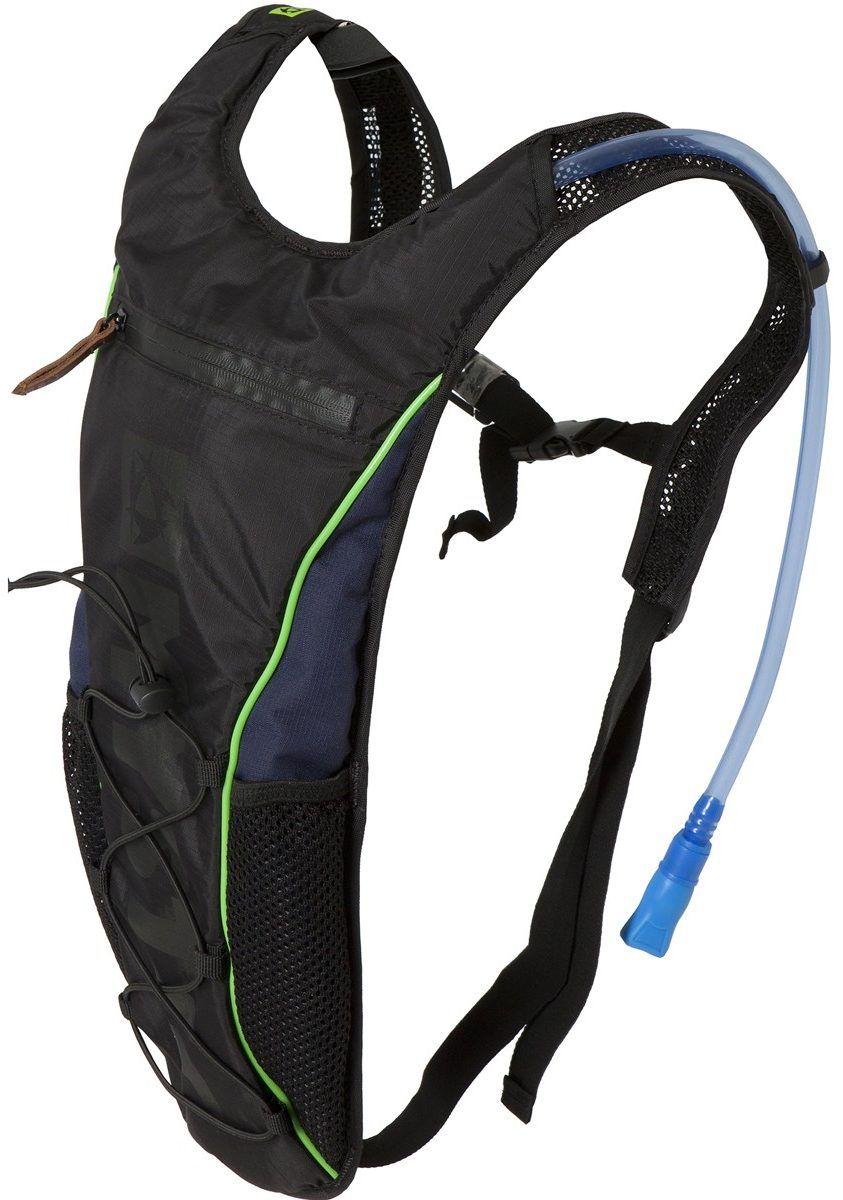
Sports compact model with built-in drinking system. The convenient and well-thought-out design of the hydrator allows you to restore water balance without being distracted from your favorite pastime. The volume of the tank is 1.5 liters. The chest strap guarantees a snug fit of the backpack. Mesh shoulder straps and back provide ventilation and create a comfortable environment during sports.
Cost: from 4650 rubles.
- the drinking tube is displayed through the strap;
- deep side mesh pockets.
- not found.
Summing up, one should once again clearly distinguish between backpacks with a built-in hydrator and backpacks with the ability to display a drinking system. The function of the first (hydraulic backpacks) is to directly provide the athlete with water during a race or bike ride. They have extremely low functionality and capacity. The latter, on the contrary, are multifunctional and can accommodate not only equipment, but also provisions. At the same time, they are also equipped with a compartment for the drinking system and the possibility of its withdrawal to the strap. Therefore, when choosing a backpack, first of all, be guided by the conditions of its use. For example, for a hike in the mountains and for a long run, you need completely different backpacks.
new entries
Categories
Useful
Popular Articles
-

Top ranking of the best and cheapest scooters up to 50cc in 2022
Views: 131654 -

Rating of the best soundproofing materials for an apartment in 2022
Views: 127695 -

Rating of cheap analogues of expensive medicines for flu and colds for 2022
Views: 124522 -

The best men's sneakers in 2022
Views: 124039 -

The Best Complex Vitamins in 2022
Views: 121943 -

Top ranking of the best smartwatches 2022 - price-quality ratio
Views: 114982 -

The best paint for gray hair - top rating 2022
Views: 113399 -

Ranking of the best wood paints for interior work in 2022
Views: 110321 -

Rating of the best spinning reels in 2022
Views: 105332 -

Ranking of the best sex dolls for men for 2022
Views: 104370 -

Ranking of the best action cameras from China in 2022
Views: 102220 -

The most effective calcium preparations for adults and children in 2022
Views: 102014

